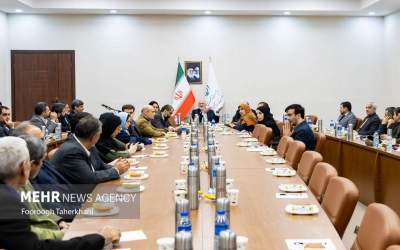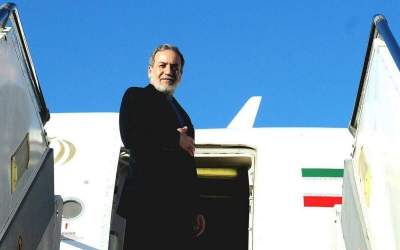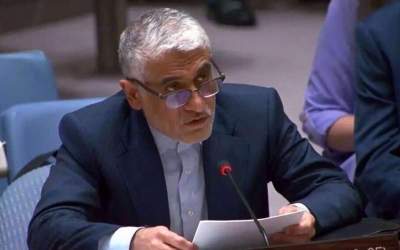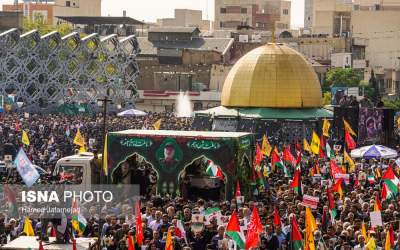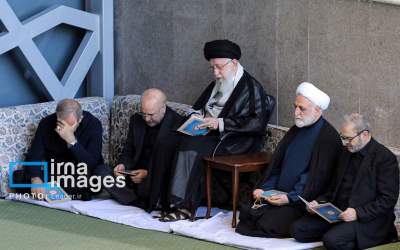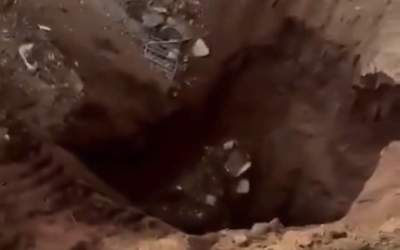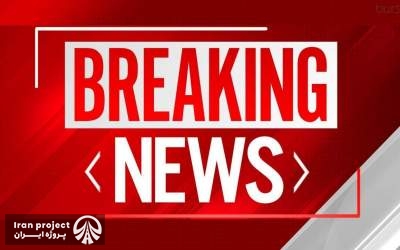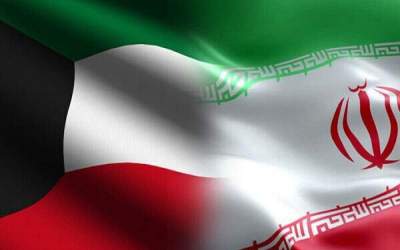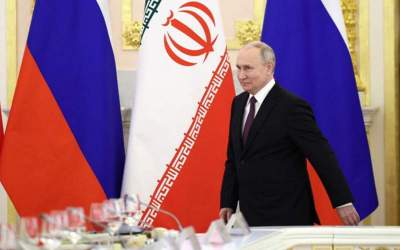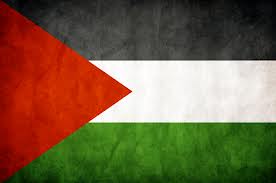 For years, relations between Iran and the Palestinian factions was mainly with Hamas, the Islamic Jihad�and relatively�with Ahmad Jibril�s branch of the Popular Front for the Liberation of Palestine (PFLP). For years�this�situation continued,�until�Jibril Rajoub, deputy secretary of Fatah�s Central Committee and former head of the Palestinian Authority (PA) preventive security force, arrived on Jan. 28�in Tehran on�a visit ��that surprised many���to meet Iranian officials.
For years, relations between Iran and the Palestinian factions was mainly with Hamas, the Islamic Jihad�and relatively�with Ahmad Jibril�s branch of the Popular Front for the Liberation of Palestine (PFLP). For years�this�situation continued,�until�Jibril Rajoub, deputy secretary of Fatah�s Central Committee and former head of the Palestinian Authority (PA) preventive security force, arrived on Jan. 28�in Tehran on�a visit ��that surprised many���to meet Iranian officials.Iran�s revolutionaries and Fatah enjoyed strong relations before and during the revolution, but after the shah's fall�and the formation of the new Islamic Republic of Iran things started to change, and within a year or two the alliance that brought together men such as�Mustafa Shemran, Iran�s slain defense minister, and Abu�Jihad, Fatah�s�official who was later assassinated, went�along with the regional developments. Only few Fatah leaders have come to Iran since then, but a few years later�Hamas and Islamic Jihad emerged as Iran�s adopted sons in Palestine.
Until March 15, 2011, Iran, Syria, Hezbollah, Hamas�and Islamic Jihad formed the resistance bloc in the region. Hamas� political bureau�and its head Khaled Meshaal resided in Damascus, and so did Islamic Jihad�s secretary-general Ramadan Shallah. After the start of the�revolution in Syria things changed gradually;�Hamas tried to mediate in�the beginning between the Bashar al-Assad regime and the opposition���mainly the Syrian Muslim Brotherhood�� but�when the mediation failed�Hamas found itself deserting the resistance bloc. Relations with Iran subsequently cooled down, though Hamas��office in Tehran continues�to operate.�Visits by�Hamas officials to the Iranian capital did not stop, though they have become fewer over�time.
Read more here�
The Iran Project is not responsible for the content of quoted articles.
